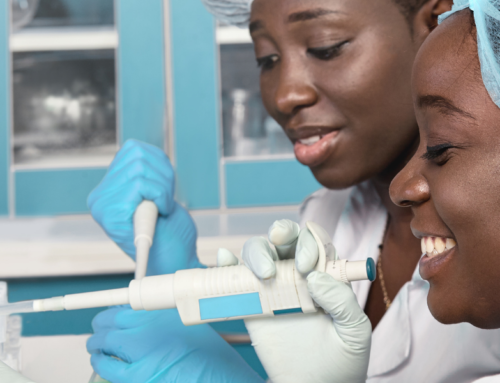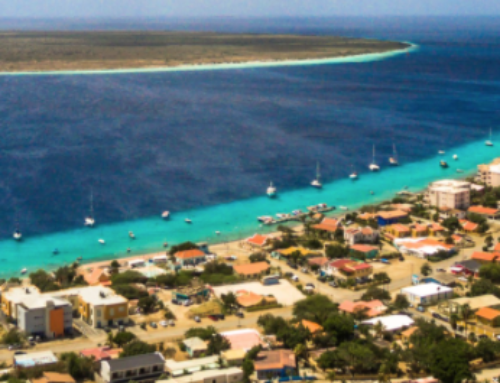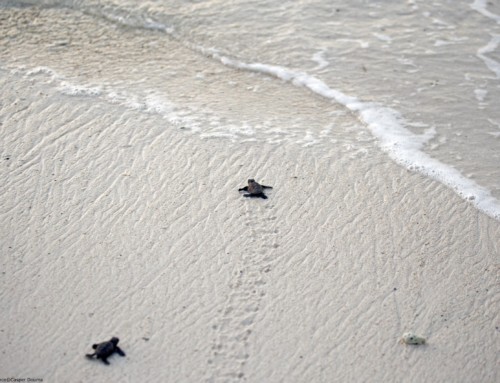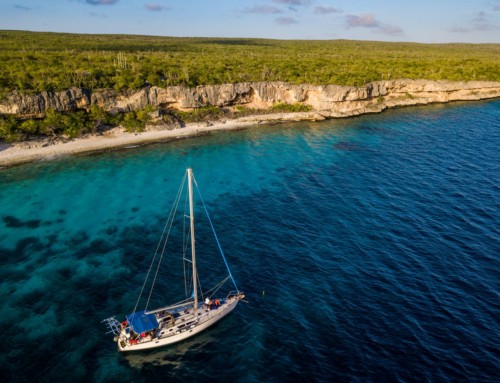The mangroves of Bonaire is one of the best preserved mangrove area in the Caribbean.
The area of Lac, almost 4 kilometers long and from east to west 3 km, is bordered by a barrier reef across most of the its connection to open sea and by mangroves around the bay.
Stinapa, is the organization in Bonaire that protects mangrove forest and also the large areas of sea grass in Lac Bay, which a very important food source for the juvenile green turtles often seen in the area.
The mangrove forest of Bonaire is almost 850 years old and it has some very important roles such as:

Although throughout the world you will find over 70 species of mangroves, on Bonaire we have 3 species of mangroves. The White, Red and Black mangroves.
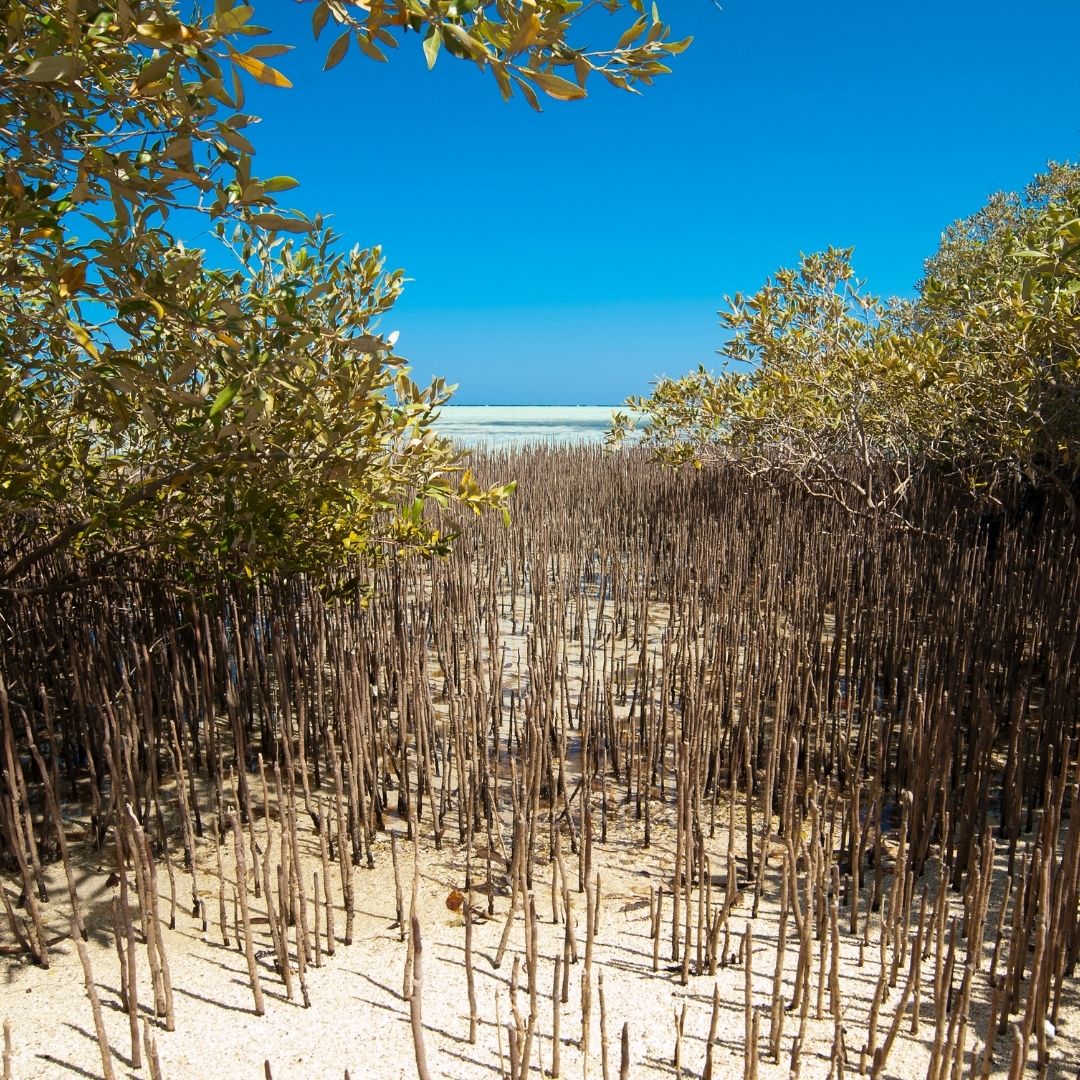
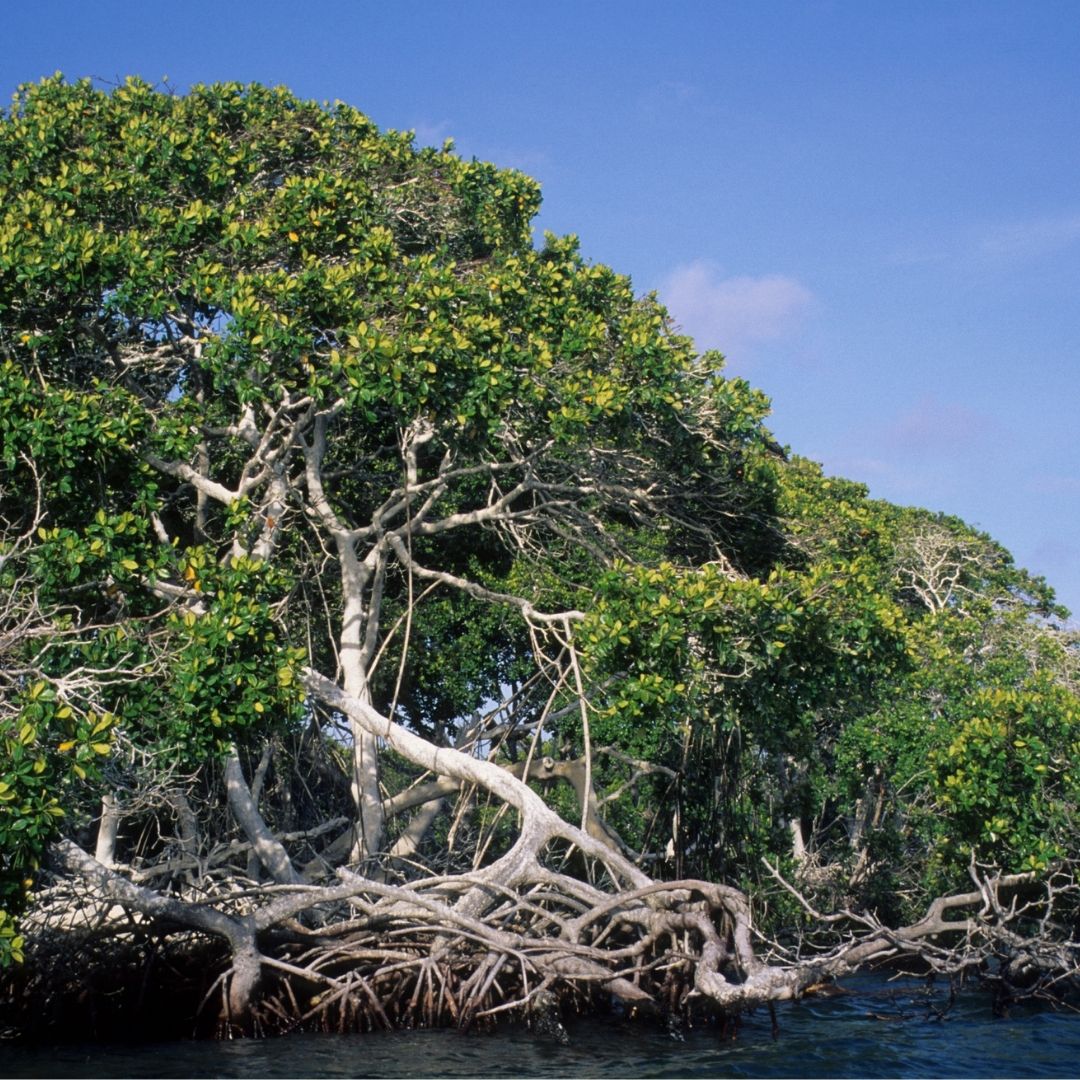
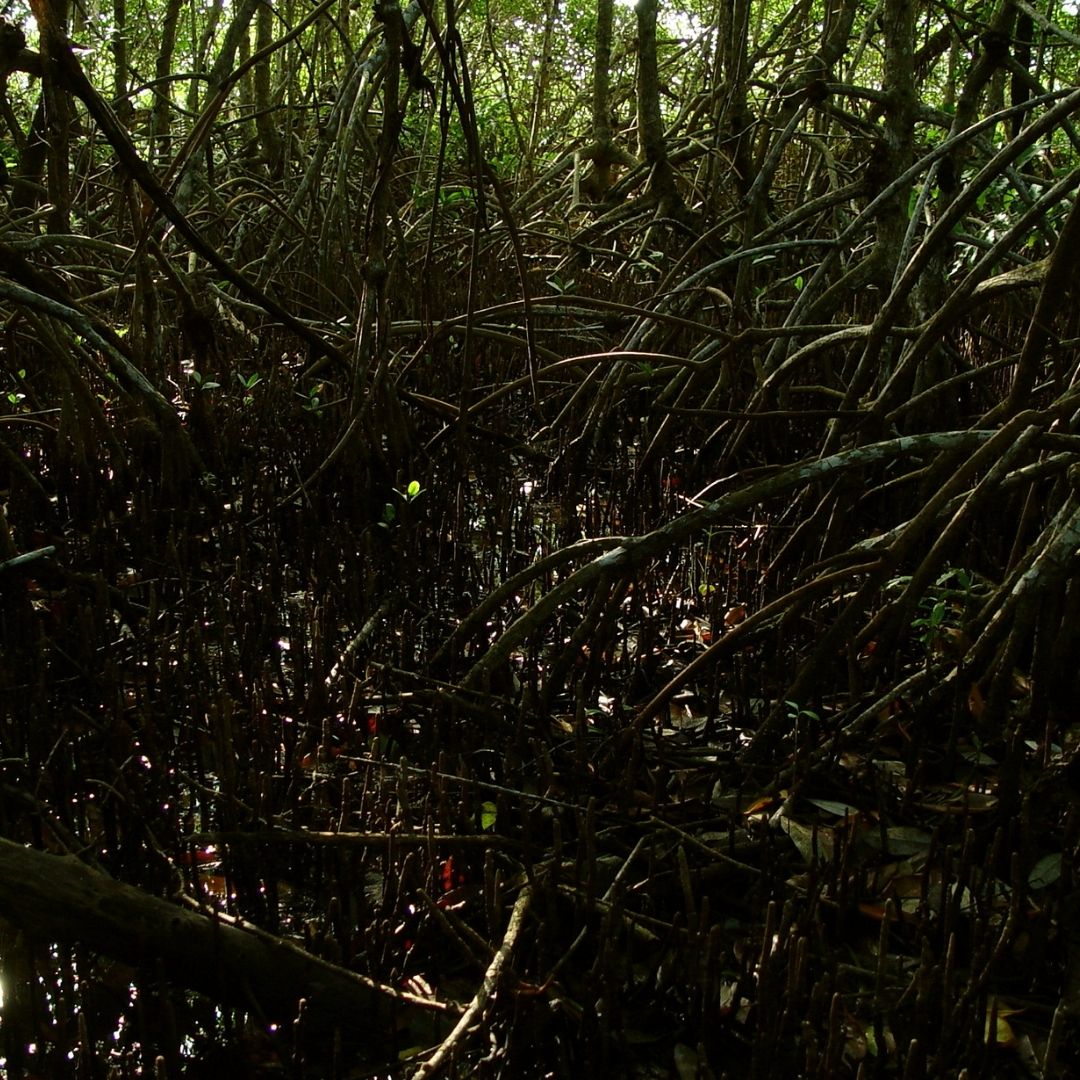
The White Mangrove (left image) is almost never submerged in water. They are low shrubs. The leaves have salt glands that you can see with the naked eye. On the leaf salt crystals may be visible.
The Red Mangrove (center image) stands in the water and is easy recognizable by its drop roots hanging down from the branches.
The red mangroves grow these drop roots because the underwater roots are not able to supply enough oxygen. Red mangroves can reach up to 24 meters high in ideal conditions. Most red mangroves you will see are around 6 meters. The bark is thick and grey to brownish.
The red mangrove produces pale pinkish to yellowish to whitish flowers. The seeds (rocket like) will already start growing while they are still attached to the tree. When they drop down, the water will carry them to new places where they can start growing.
You will find the Black Mangrove (right picture) in the tidal zone.
The black mangrove looks more like a normal tree and you will find them behind the red mangroves along the edges of the inner bays. To provide itself with enough oxygen the black mangrove found his own solution by growing aerial roots that grow upward from the soil. Like the red mangrove, the black mangrove has also white to pinkish to yellowish flowers and the seeds will grow on the branches. The seeds remain viable for at least one year after they fall from the tree.
Although the mangroves grow in salt or brackish environments, they still need fresh water to survive. The red mangroves convert salt water into fresh water with the help of a semi-permeable membrane. This process is called reversed osmosis, which is a complex system.
Water passes through the membranes and salt remains on the outside. The white and the black mangrove trees absorb the salt water, but are equipped with special salt glands near the leaves. The salt glands extract the salt from the water and transport highly concentrated salt water to the top of the leaves.
Sun and wind evaporate the water from the leaves and the salt crystals remain behind on the leaves. When it is raining, the salt from the leaves will return to the environment.

